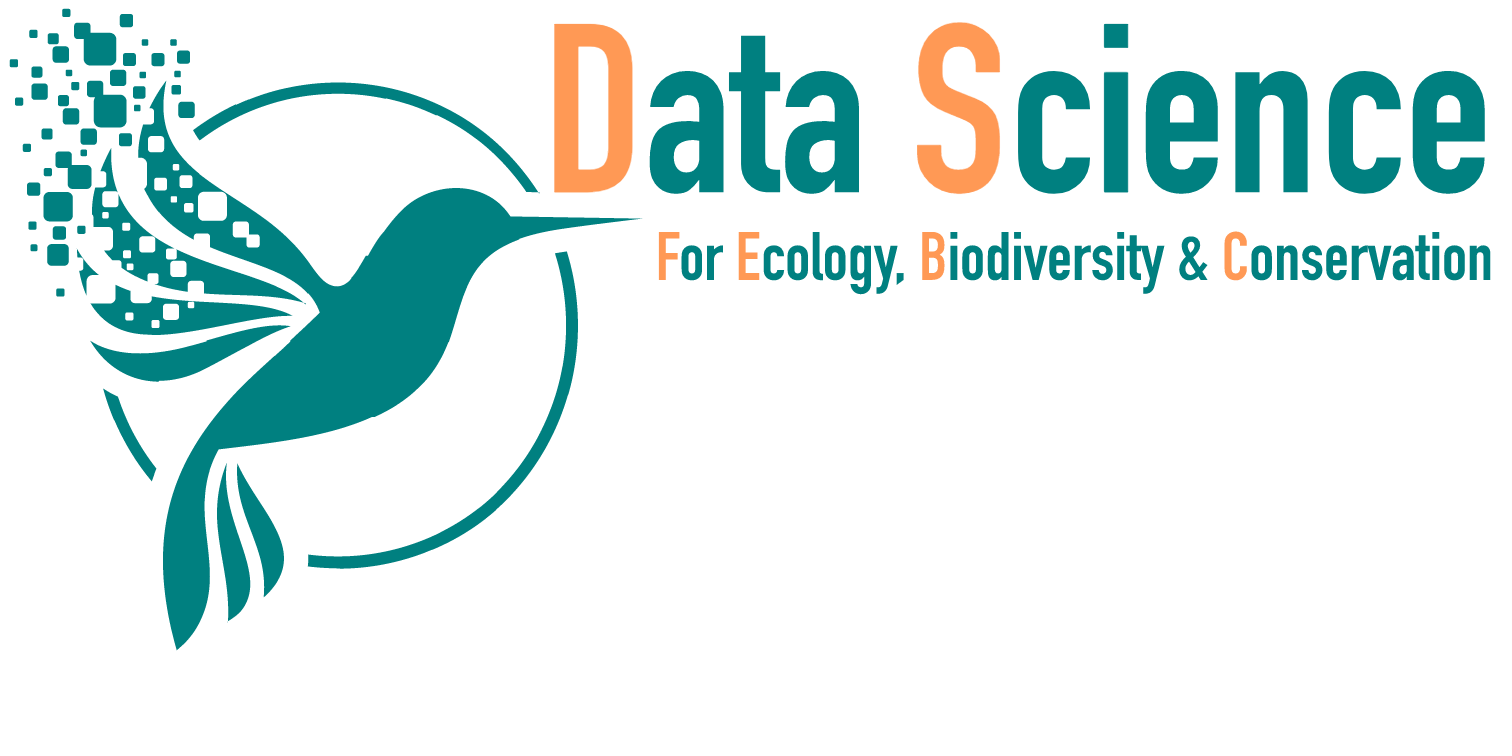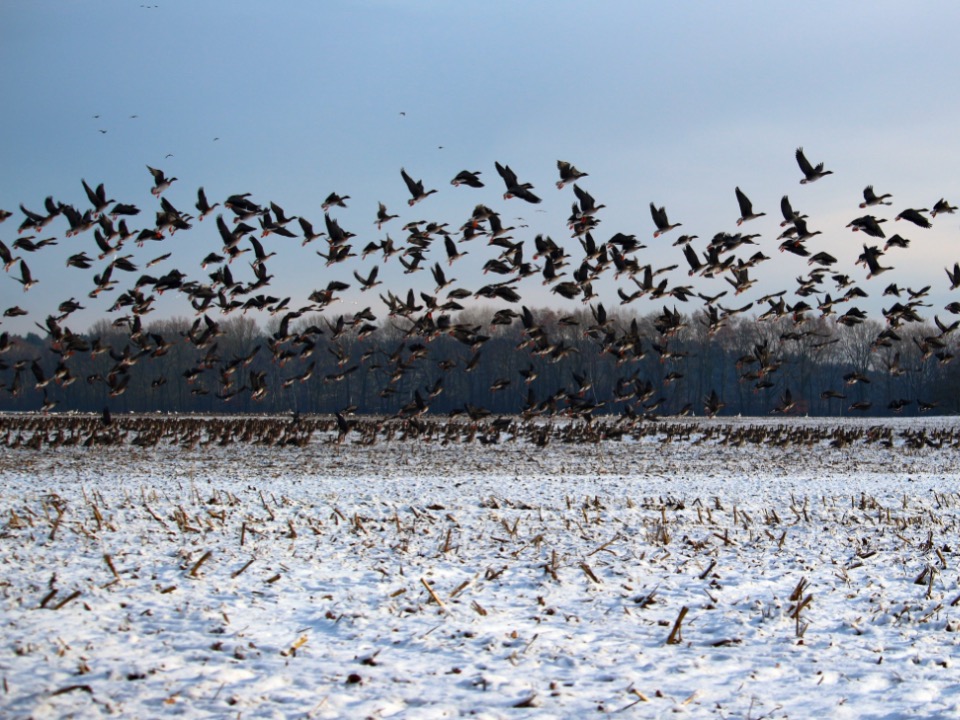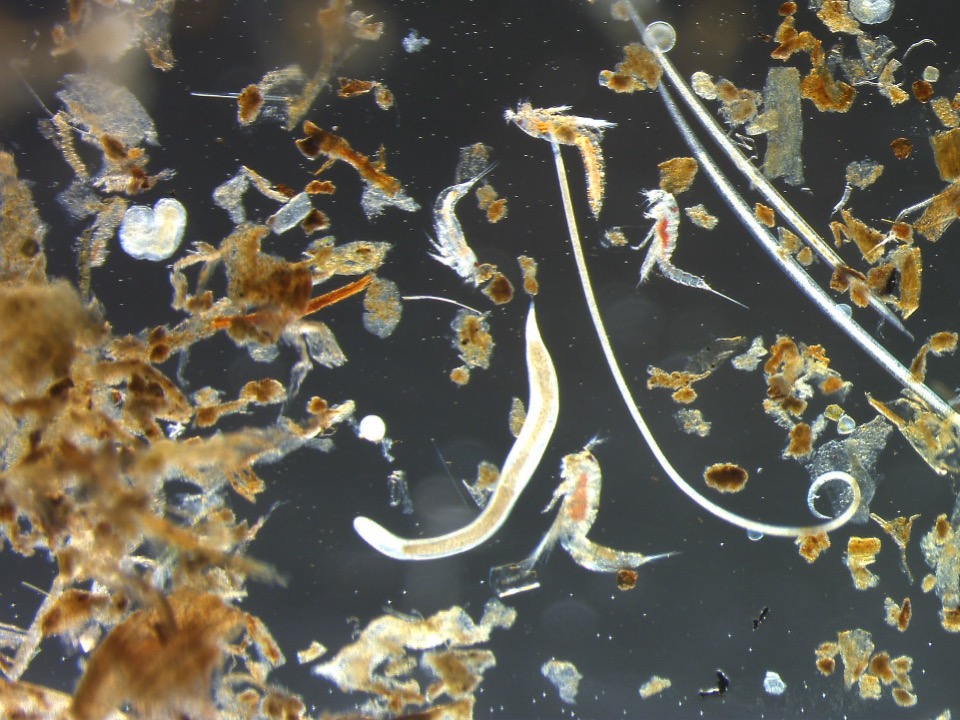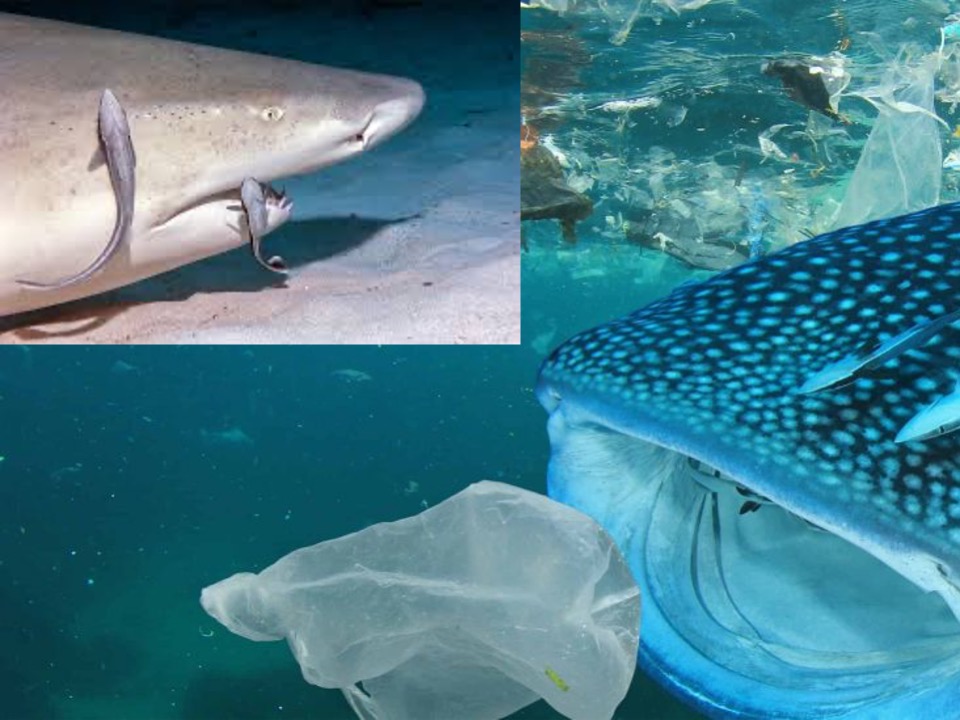


I am a community ecologist with a strong interest in data analysis and computational ecology. I use and develop tools and methods rooted in network theory to understand how different layers of information could contribute to the observed pattern of diversity.
I believe in a modern, open ecological science based on cooperation and the free use of data and methods.
Half Data Scientist Half Data Analyst, 100% ecologist!
Department of Ecological and Biological Sciences (DEB), Tuscia University of Viterbo, Italy.
email: bruno.bellisario@unitus.it
OrcID
Scholar
01 September 2023

From September I'll join the Department of Ecological and Biological Sciences (DEB) @ Tuscia University of Viterbo as Data Scientist/Analyst & Computational Ecology Technician, covering all aspects in biological and ecological data science.
19 September 2023

Altmetric has tracked 24,397,980 research outputs across all sources so far. Compared to these, our paper has done particularly well and is in the 95th percentile. With more than 600 download in less than one month it's in the top 5% of all research outputs ever tracked by Altmetric!
25 September 2023

We performed a systematic review by implementing a semi-automated, threshold-based filtering pipeline that allowed building up a dataset concerning all fish species reported
in native Mediterranean seagrasses, including specific functional traits known to be involved with the potential
use of seagrasses by fish.
Data science is the art of programming code and combines it with statistical knowledge to create insights from data.
However, one of the biggest problem in data science is that it often replaces understanding of the mechanisms underlying a specific phenomenon we are studying.
Applying a tool is not the hardest part, but deciding which to apply based on specific hypotheses rooted in the deep knowledge of what we are managing surely it is.
That's why we need algorithmically-trained ecologists rather than ecologically-trained data scientists.
Focusing on a specific area doesn’t mean you can only do that one thing, but simply that you are best at doing it.

Data science can help modeling and analyzing animal movement and predict how different constraints (e.g., natural and/or anthropogenic barriers, climate change etc...) will affect animal fluxes within landscapes.

Merging metabarcoding data with ecological network analysis and machine learning may provide quicker, cheaper and more insightful bio-assessment and conservation strategies, opening the road for a new-generation of biomonitoring tools.

Infectious disease and pollution are, without doubts, major concerns in wildlife management and ecosystem conservation. Advanced statistics and machine learning may help identifying how populations respond to such treats, allowing to implement ad hoc conservation strategies.
Simonetta Mattiucci, Paolo Cipriani, Michela Paoletti, Valentina Nardi, Mario Santoro, Bruno Bellisario, Giuseppe Nascetti (2015)
Paolo Cipriani, Giorgio Smaldone, Virginia Acerra, Luisa D'Angelo, Aniello Anastasio, Bruno Bellisario et al. (2015)
Simonetta Mattiucci, Paolo Cipriani, Stephen C. Webb, Michela Paoletti, Federica Marcer, Bruno Bellisario, David I. Gibson, Giuseppe Nascetti (2014)
Landing Page Creator